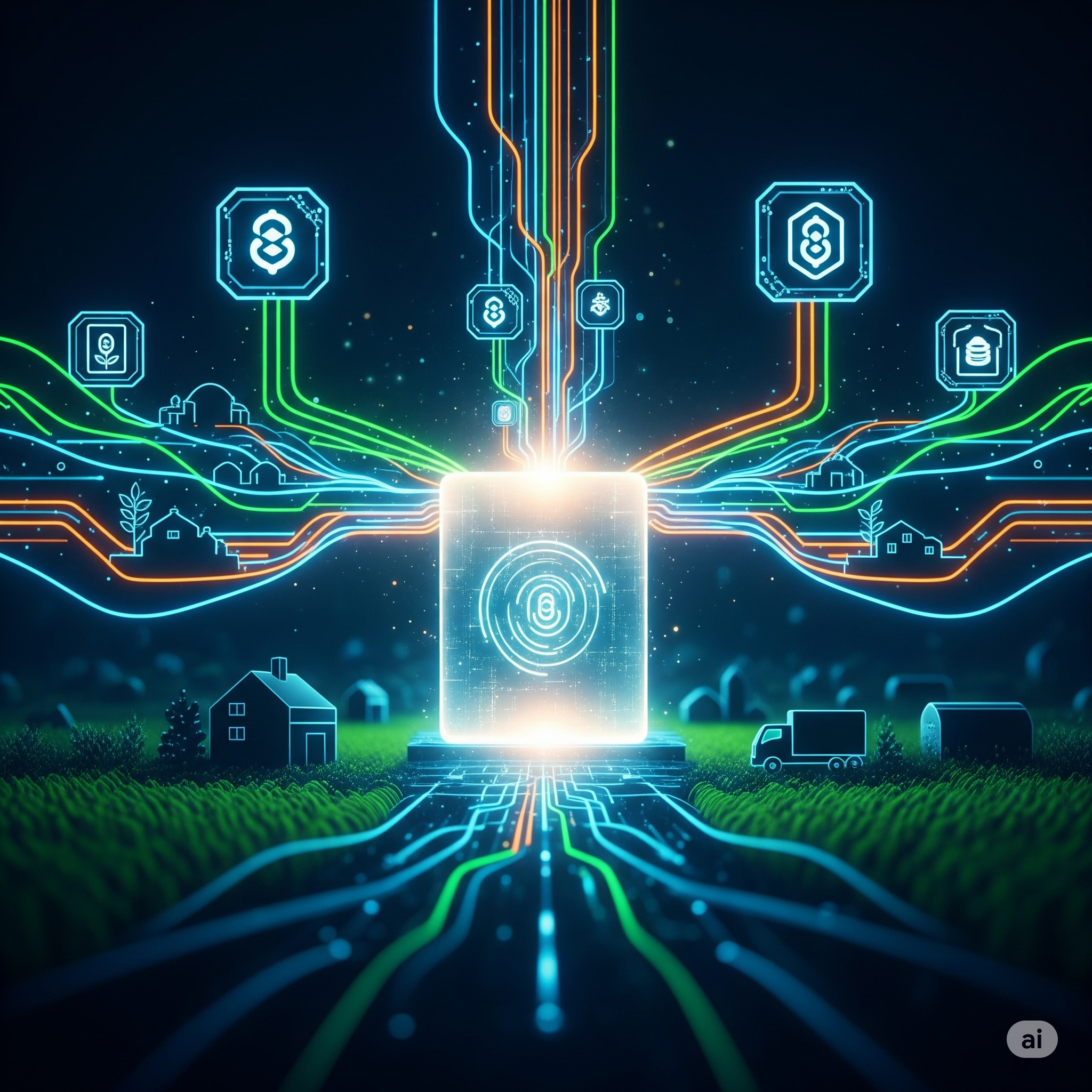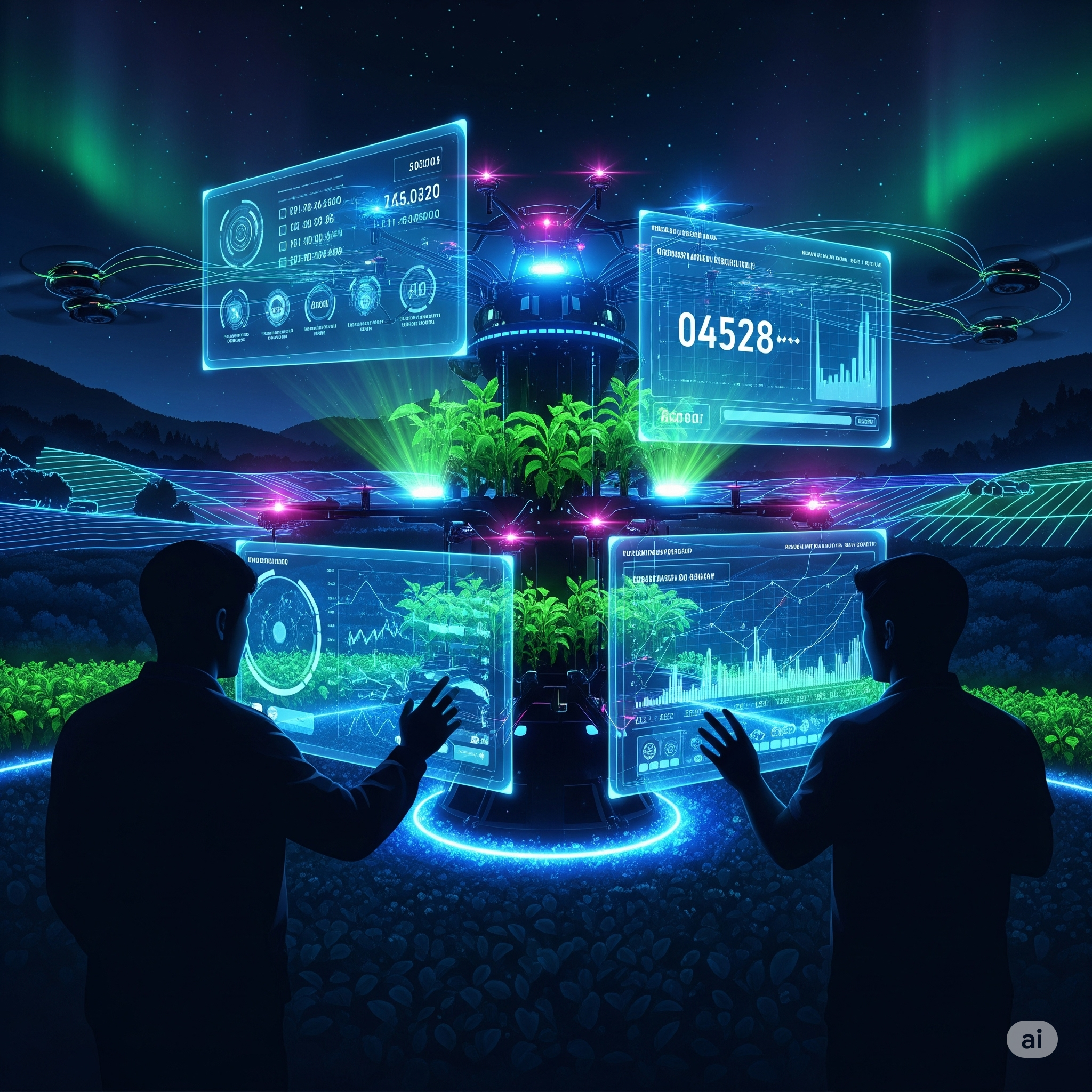Introduction
Virtual Reality (VR) is revolutionizing the way people work and learn remotely. As technology advances, VR is breaking barriers in communication, collaboration, and education by providing immersive and interactive environments. The concept of “VR-based Remote Work & Education” refers to the use of virtual reality technology in facilitating remote job roles and learning experiences, allowing individuals to engage in real-time collaboration, practical training, and enhanced learning with digital simulations.
In this article, we will explore the various aspects of VR-based remote work and education, including its advantages, applications, challenges, and future prospects.
Understanding VR-Based Remote Work
Remote work has seen a massive rise in recent years, with companies shifting to digital platforms to maintain productivity. While traditional remote work involves video conferencing and collaboration tools like Zoom, Microsoft Teams, and Slack, VR takes it a step further by offering an immersive 3D environment.
Key Features of VR Remote Work
- Virtual Office Spaces – Employees can enter a digital workspace using VR headsets, interact with colleagues in a 3D environment, and simulate a real office experience.
- Enhanced Collaboration – VR enables real-time interactions where participants can manipulate digital objects, hold presentations, and brainstorm ideas in an engaging way.
- Realistic Simulations – Professionals in various industries can use VR to perform tasks virtually, such as architects designing buildings, engineers troubleshooting machinery, or doctors practicing surgeries.
- Flexible Work Environment – Employees can work from any location while still experiencing a structured and productive setting through VR-based workspaces.
Applications of VR in Remote Work
- Meetings and Conferences – VR-based platforms like Spatial, Virbela, and Engage provide virtual boardrooms where employees can hold interactive meetings.
- Training and Skill Development – Industries such as healthcare, aviation, and engineering use VR for hands-on training without real-world risks.
- Project Collaboration – Teams working on product development or software programming can collaborate in virtual environments, making workflow management more effective.
- Remote Client Engagement – Businesses can use VR to offer product demonstrations, virtual store visits, and interactive sales presentations to remote customers.
VR-Based Remote Education
Online learning has transformed education, but VR takes it even further by creating an interactive and engaging learning experience. VR-based education offers students and teachers a virtual classroom where they can interact with each other and with the subject matter in a more engaging way.
Key Features of VR Education
- Immersive Learning Environments – Students can explore historical sites, conduct virtual science experiments, and practice skills in simulated environments.
- Personalized Learning – VR allows adaptive learning experiences based on a student’s pace, interests, and progress.
- Virtual Classrooms – Teachers and students can meet in a 3D virtual space, making online education feel more like traditional in-person learning.
- Real-World Applications – VR enables learners to experience real-world scenarios, such as medical students performing virtual surgeries or engineering students designing and testing machinery.
Applications of VR in Education
- STEM Education – VR helps students understand complex scientific concepts through interactive simulations.
- Medical Training – Medical students can practice surgeries, diagnose conditions, and explore human anatomy in a risk-free environment.
- Language Learning – VR-based platforms allow learners to practice foreign languages through simulated conversations with AI-driven virtual characters.
- Historical and Cultural Exploration – Students can take virtual field trips to historical sites, museums, and cultural landmarks.
- Special Needs Education – VR provides customized learning experiences for students with disabilities, helping them understand concepts in a way that suits their abilities.
Advantages of VR-Based Remote Work & Education
- Increased Engagement – The immersive nature of VR keeps users focused and actively participating.
- Cost-Effective Training – Industries and educational institutions save costs on physical resources, travel, and logistics.
- Global Connectivity – VR removes geographical barriers, allowing individuals from different locations to work and learn together.
- Better Retention & Learning Outcomes – Studies show that VR-based learning improves knowledge retention compared to traditional methods.
- Flexibility & Convenience – Both workers and students can access VR environments from anywhere, eliminating the need for physical presence.
Challenges and Limitations
Despite its potential, VR-based remote work and education face certain challenges:
- High Costs – VR headsets and software can be expensive, making adoption difficult for small businesses and institutions.
- Technical Limitations – Internet bandwidth, hardware compatibility, and software development still need improvements for seamless VR experiences.
- Health Concerns – Prolonged VR use can lead to eye strain, motion sickness, and discomfort.
- Limited Content Availability – Many industries and educational institutions lack VR-compatible content, limiting its widespread use.
- Learning Curve – Users need time to adapt to VR technology, and some may face difficulties navigating virtual environments.
The Future of VR in Remote Work & Education
The future of VR-based remote work and education looks promising as technology continues to advance. Key trends expected to shape the industry include:
- More Affordable VR Hardware – Companies like Meta, HTC, and Sony are working on making VR devices more cost-effective and accessible.
- AI Integration – Artificial intelligence will enhance VR experiences by creating smarter virtual assistants and personalized learning programs.
- 5G & Cloud VR – Faster internet and cloud-based VR will improve accessibility and reduce latency issues.
- Metaverse Development – VR will play a crucial role in the metaverse, creating virtual ecosystems for work, education, and social interaction.
- VR in Traditional Classrooms & Offices – As adoption increases, VR will complement physical learning and work environments, offering hybrid solutions.
Conclusion
VR-based remote work and education represent a significant leap forward in digital transformation. By offering immersive, interactive, and flexible experiences, VR has the potential to reshape how people collaborate, learn, and perform tasks remotely. However, challenges such as high costs, technical limitations, and accessibility issues must be addressed for widespread adoption. As technology advances, the future of VR in work and education will become more integrated into daily life, leading to a more connected and efficient world.




